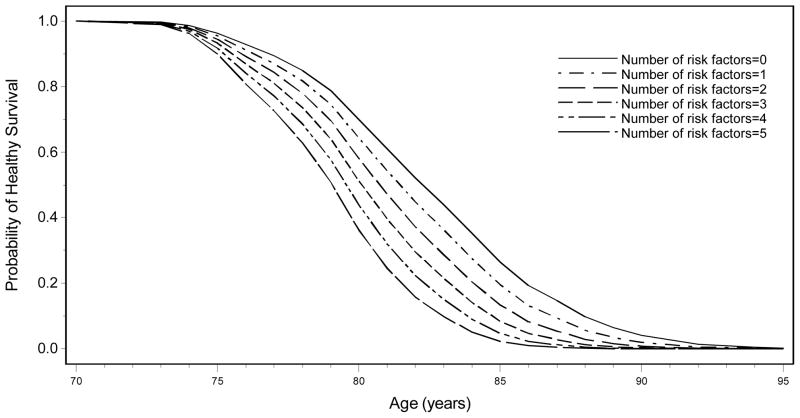Figure 2. Age-standardized (at 70) probability of healthy survival (free of chronic disease, cognitive impairment and disability) by number of risk factors present at baseline.
The probabilities of healthy survival are estimated assuming all 6 groups start at age 70 in the graph. All participants were Japanese American men followed from late-life baseline (1991–1993) to 2012. Among those alive at age 85, exceptional survival was defined as absence of 6 major chronic diseases and absence of physical and cognitive disability. Survival risk score indicates number of risk factors (education < 12years, body mass index ≥25 kg/m2, systolic blood pressure >160, CASI score 74–81.9, ankle-brachial index <0.9, poor self-rated health, high fibrinogen >351 mg/dl, higher white blood count >6000 cells/m3).

